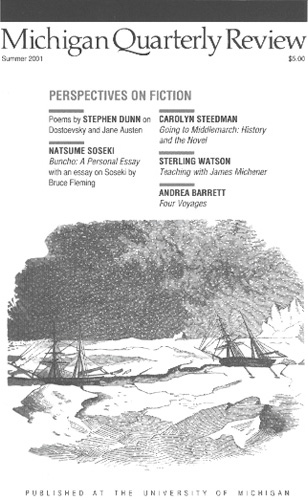16aUnderstand different kinds of sources.
Sources can include data from interviews and surveys, books and articles in print and online, Web sites, film, video, images, and more. Consider these important differences among sources.
Primary and secondary sources
Primary sources provide firsthand knowledge, while secondary sources report on or analyze the research of others. Primary sources are basic sources of raw information, including your own field research; films, works of art, or other objects you examine; literary works you read; and eyewitness accounts, photographs, news reports, and historical documents (such as letters and speeches). Secondary sources are descriptions or interpretations of primary sources, such as researchers’ reports, reviews, biographies, and encyclopedia articles. Often what constitutes a primary or secondary source depends on the purpose of your research. A critic’s evaluation of a film, for instance, serves as a secondary source if you are writing about the film but as a primary source if you are studying the critic’s writing.
Scholarly and popular sources
While nonacademic sources like magazines can help you get started on a research project, you will usually want to depend more heavily on authorities in a field, whose work generally appears in scholarly journals in print or online. The following list will help you distinguish scholarly and popular sources:
| SCHOLARLY | POPULAR |

|

|

|

|
| Title often contains the word Journal | Journal usually does not appear in title |
| Source available mainly through libraries and library databases | Source generally available outside of libraries (at newsstands or from a home Internet connection) |
| Few commercial advertisements | Many advertisements |
| Authors identified with academic credentials | Authors are usually journalists or reporters hired by the publication, not academics or experts |
| Summary or abstract appears on first page of article; articles are fairly long | No summary or abstract; articles are fairly short |
| Articles cite sources and provide bibliographies | Articles may include quotations but do not cite sources or provide bibliographies |
Older and more current sources
Most projects can benefit from both older, historical sources and more current ones. Some older sources are classics, essential for understanding later scholarship. Others are simply dated. Whether a source appeared hundreds of years ago or this morning, evaluate it carefully to determine how useful it will be for you.